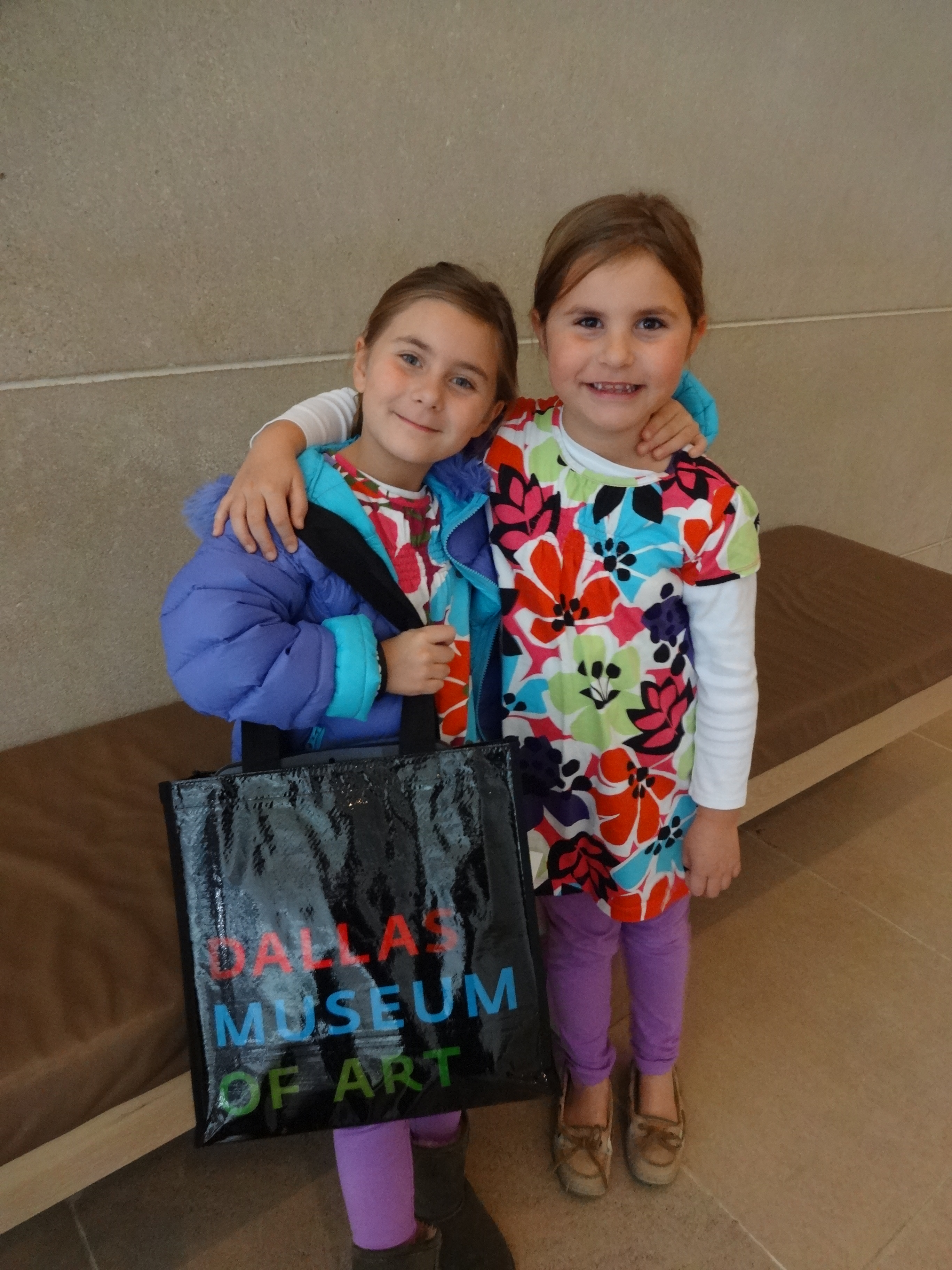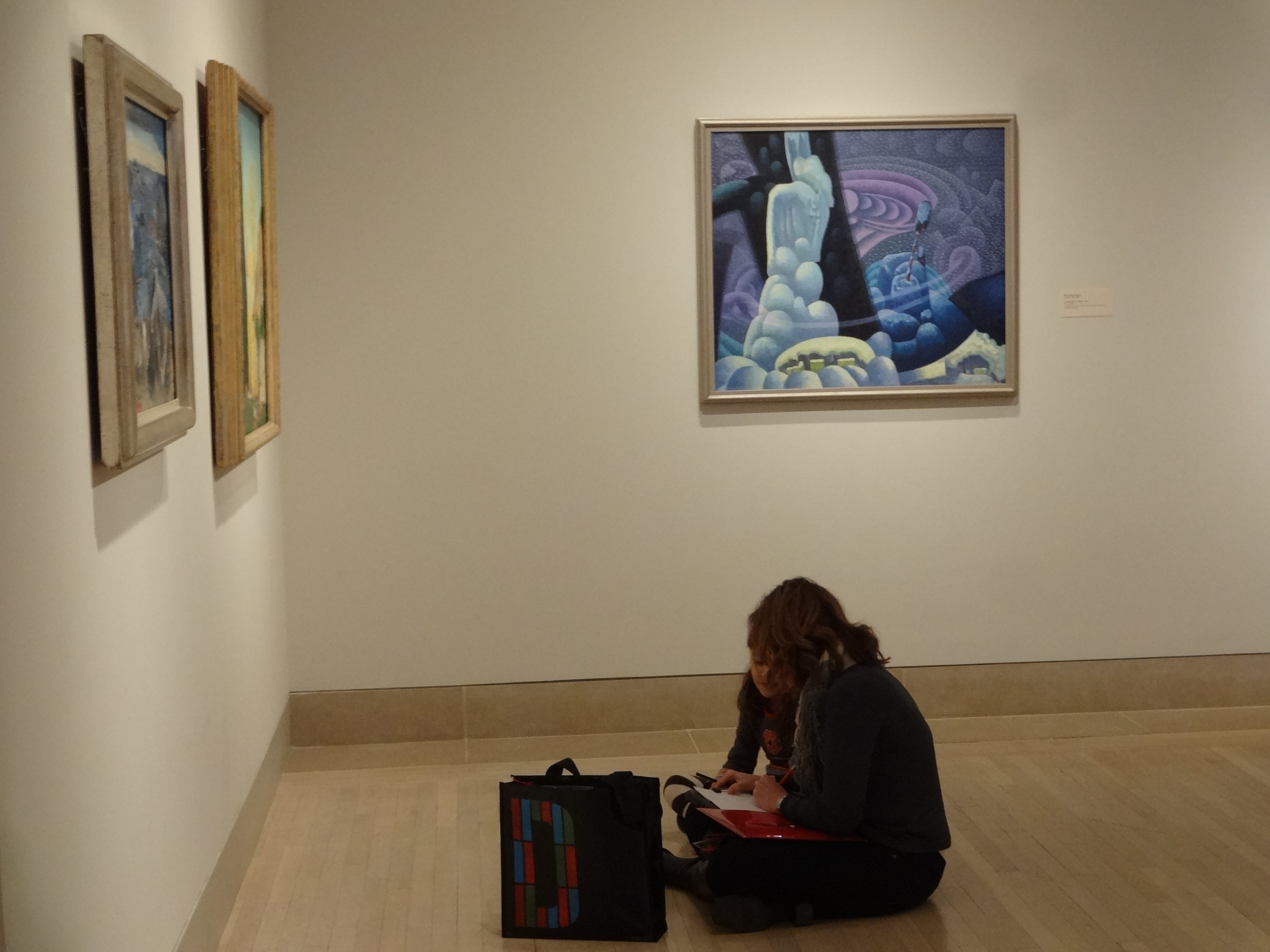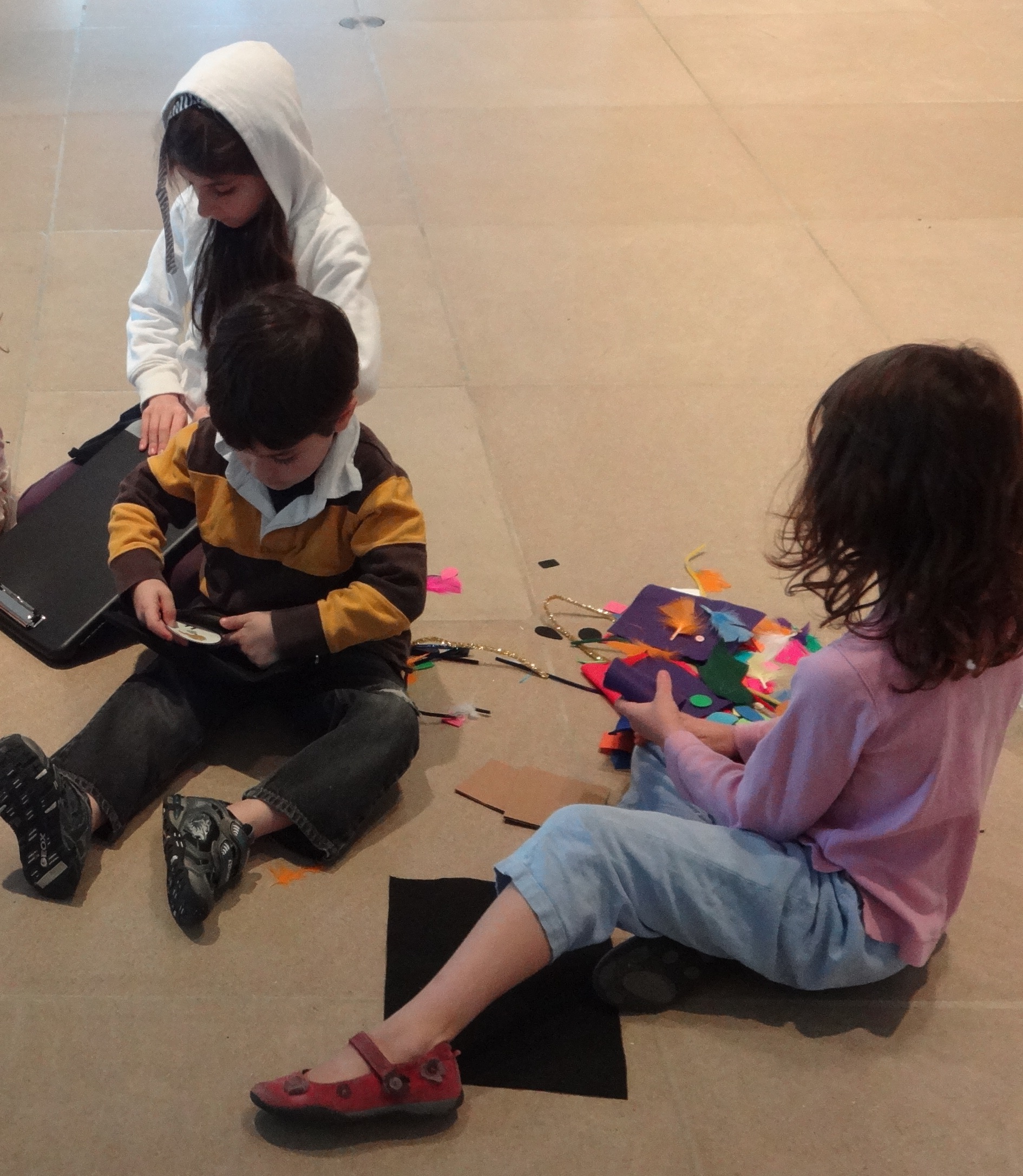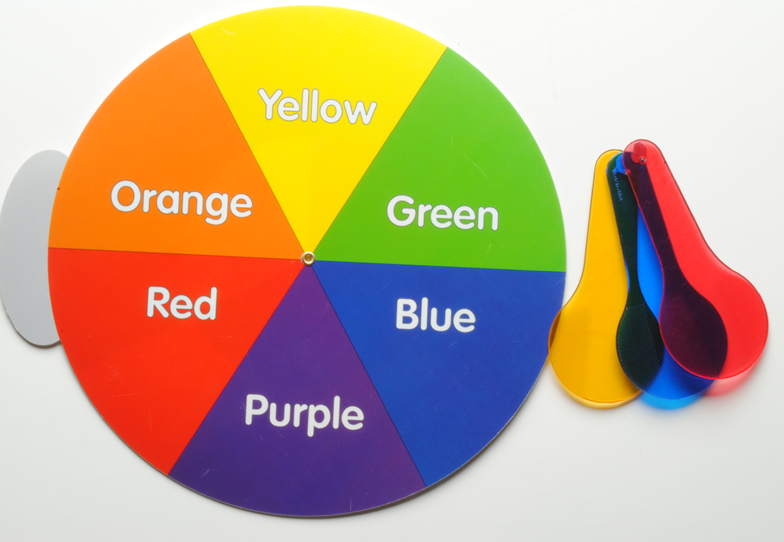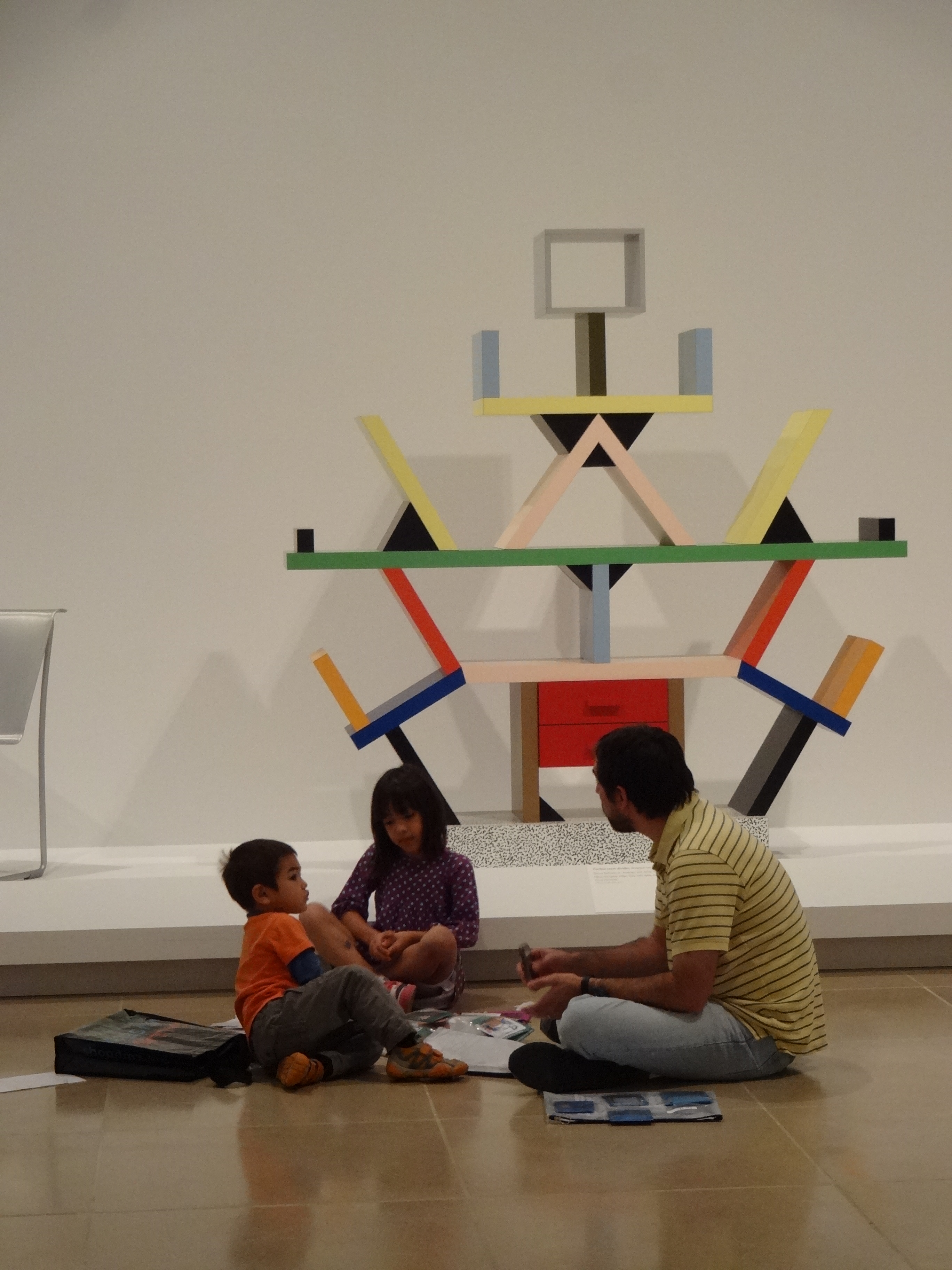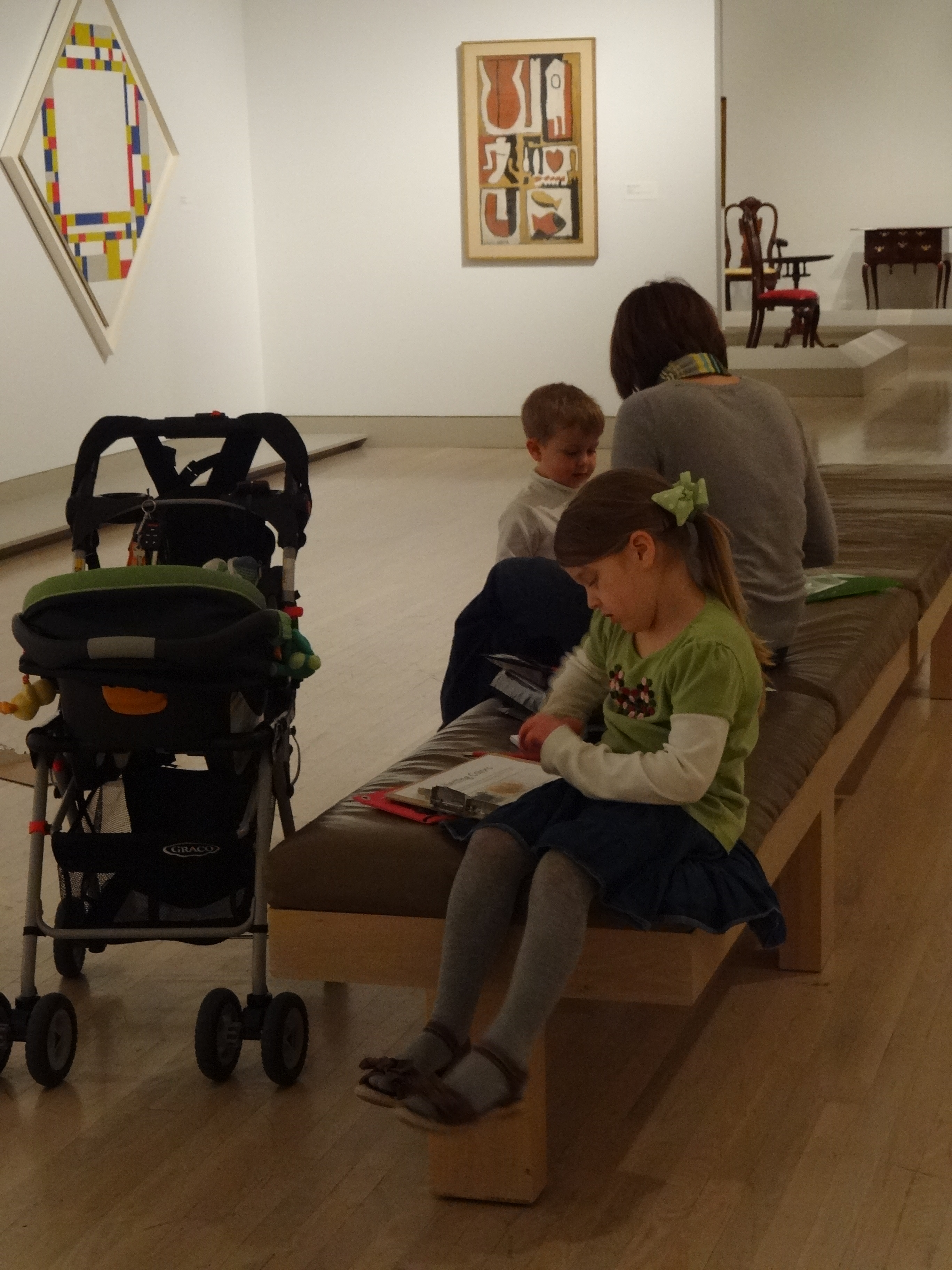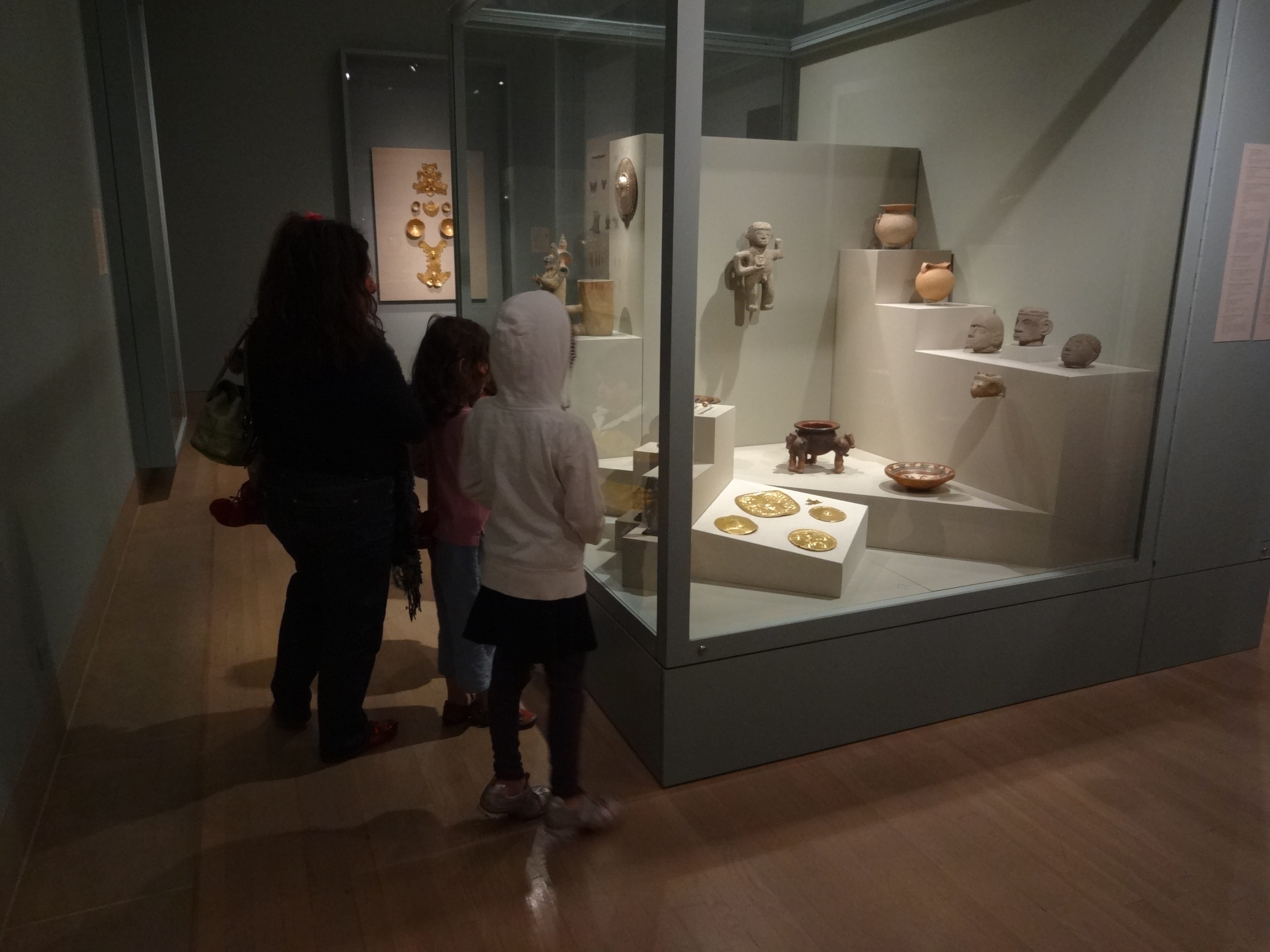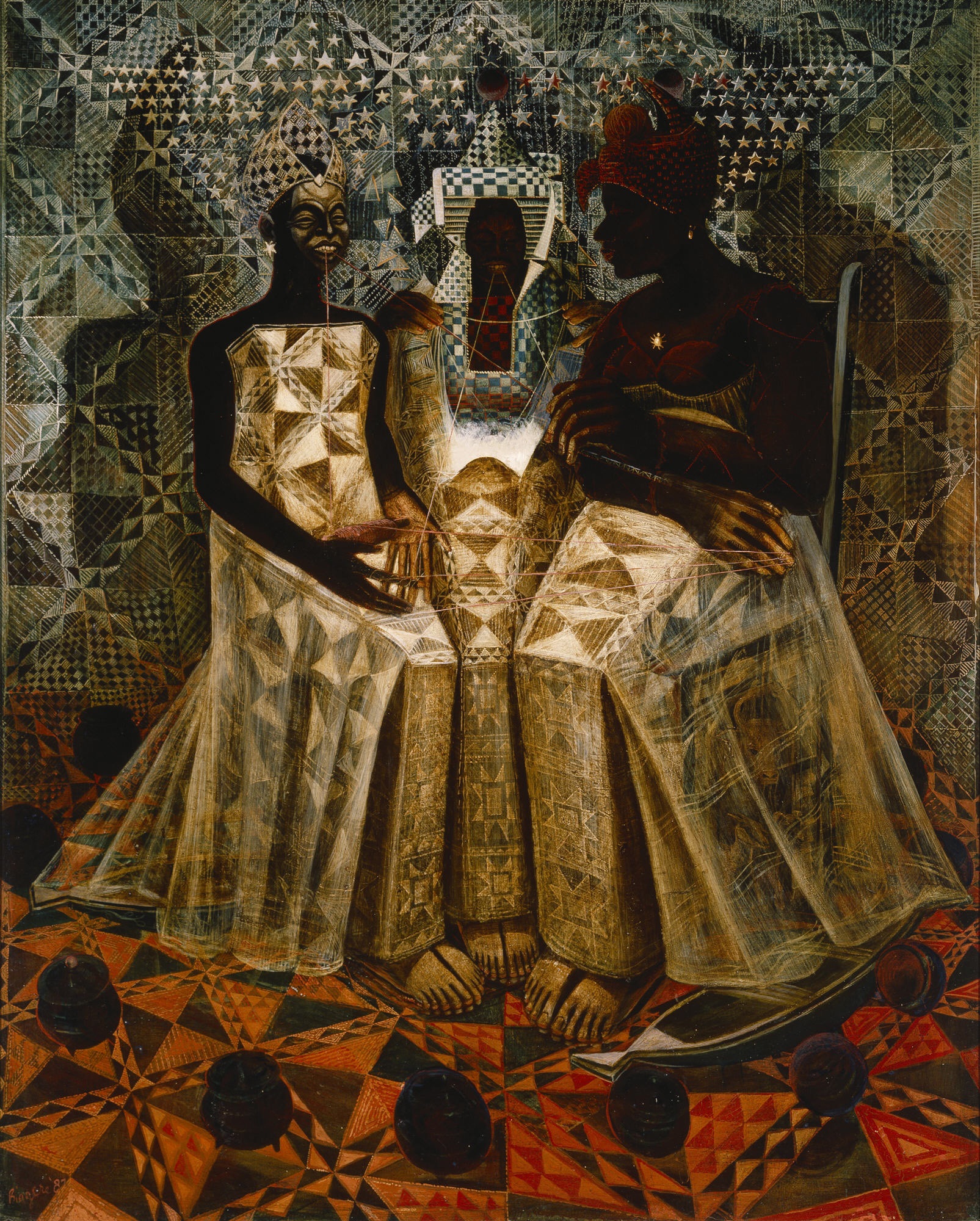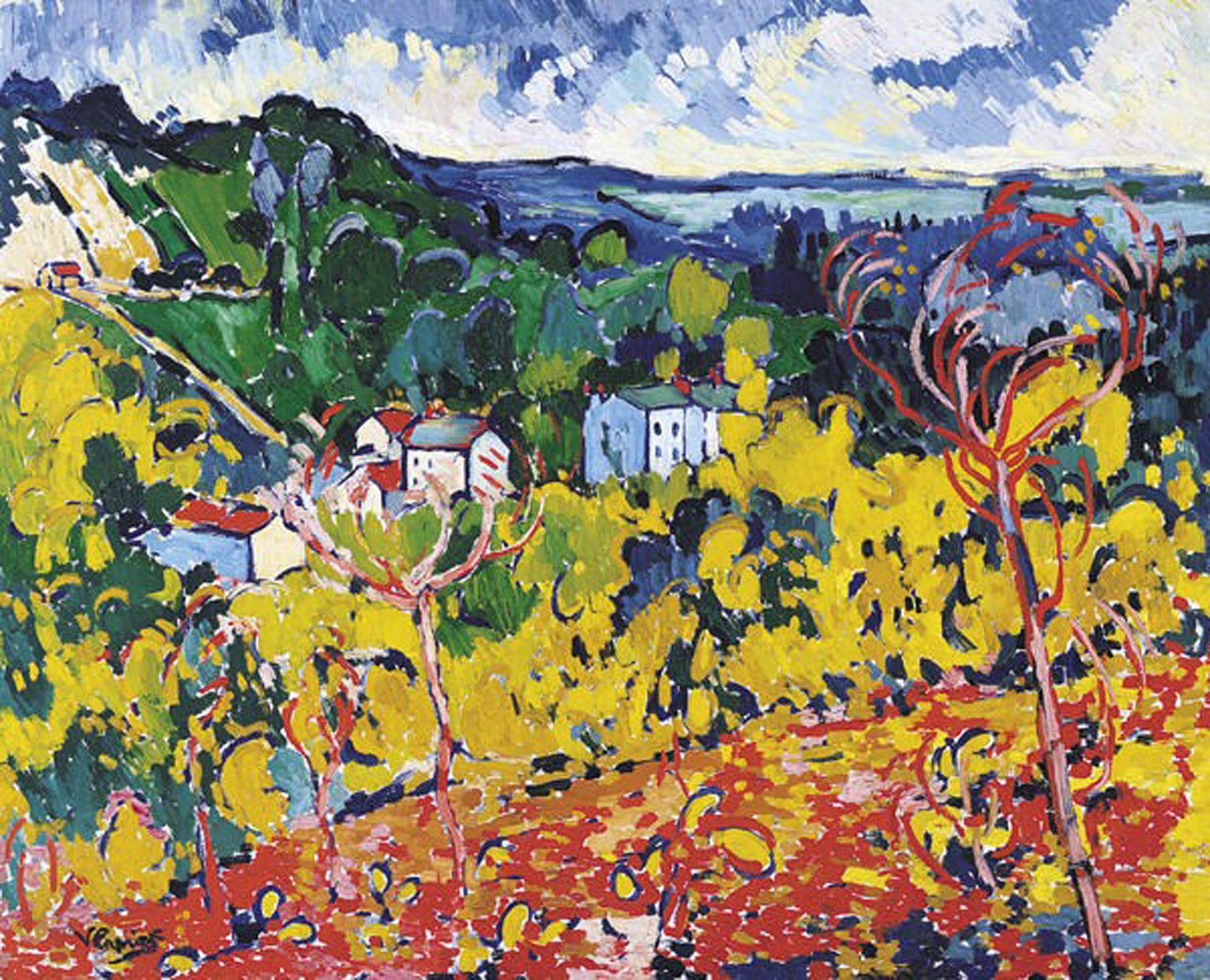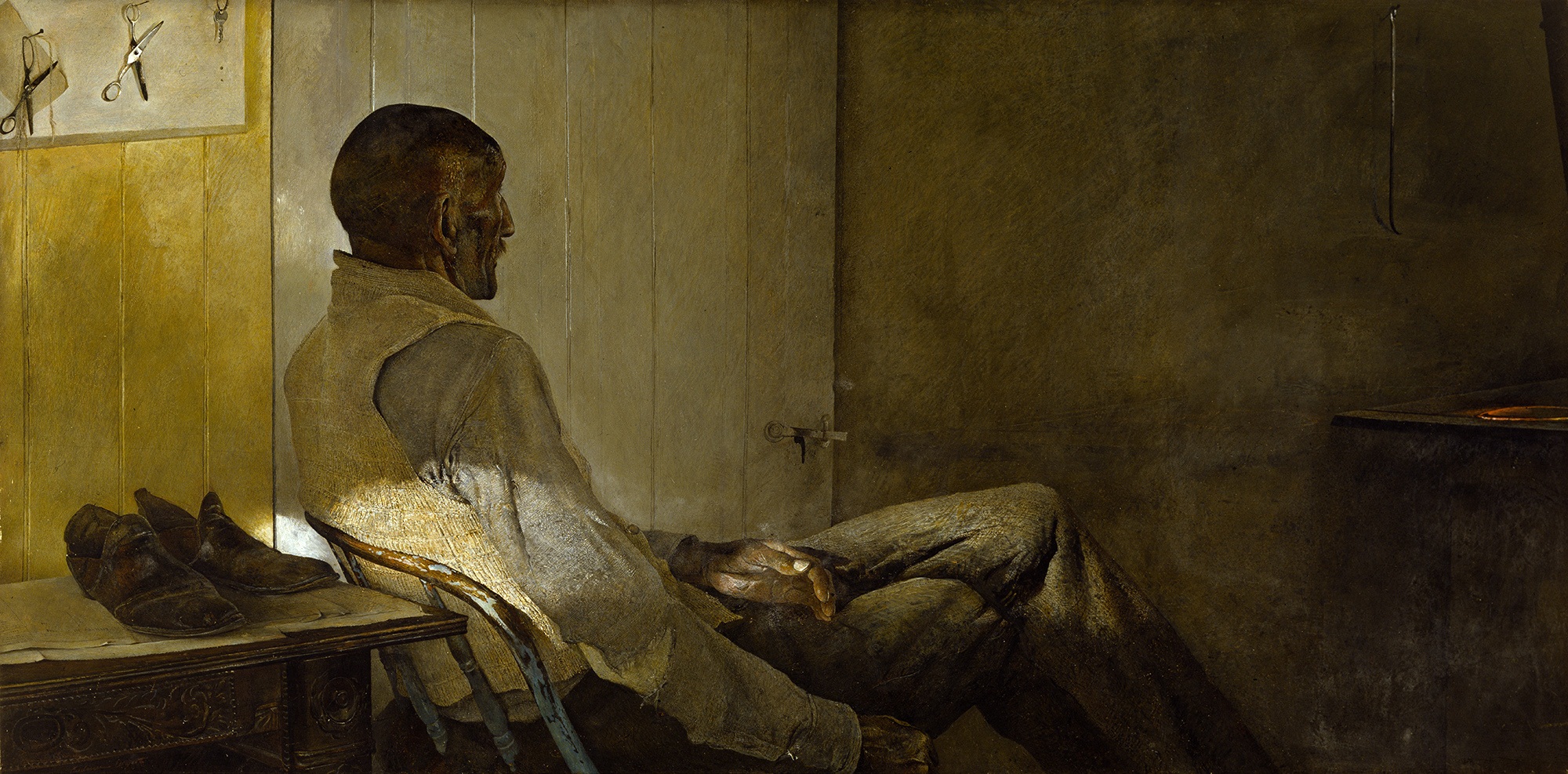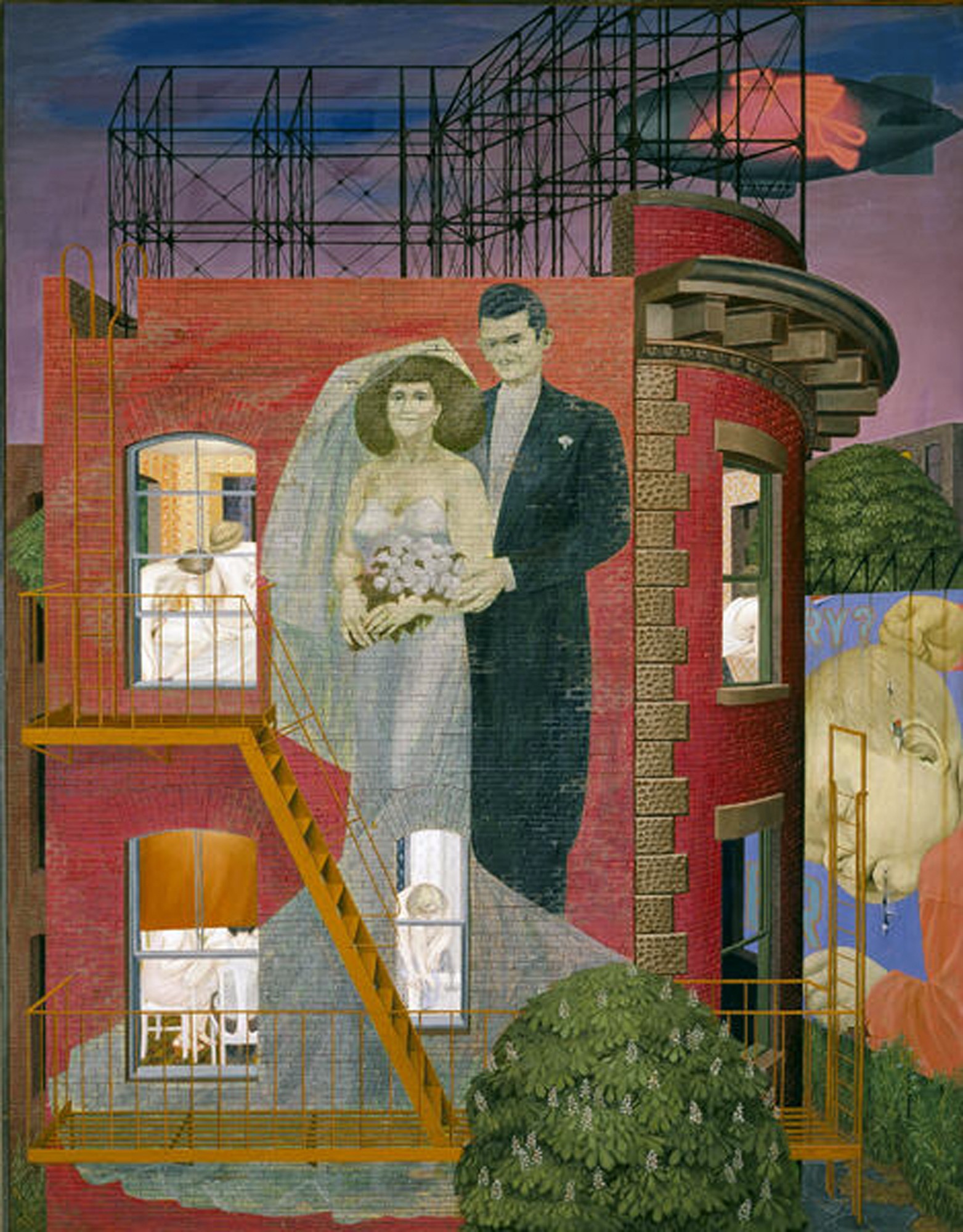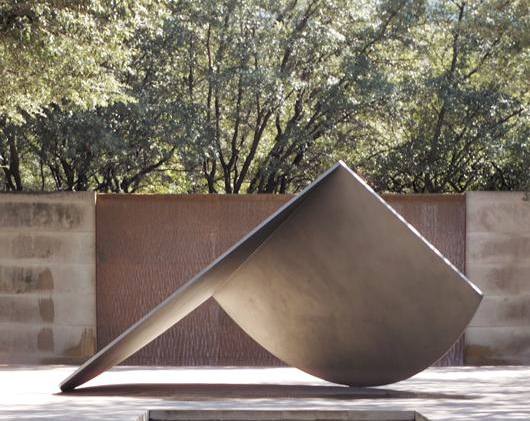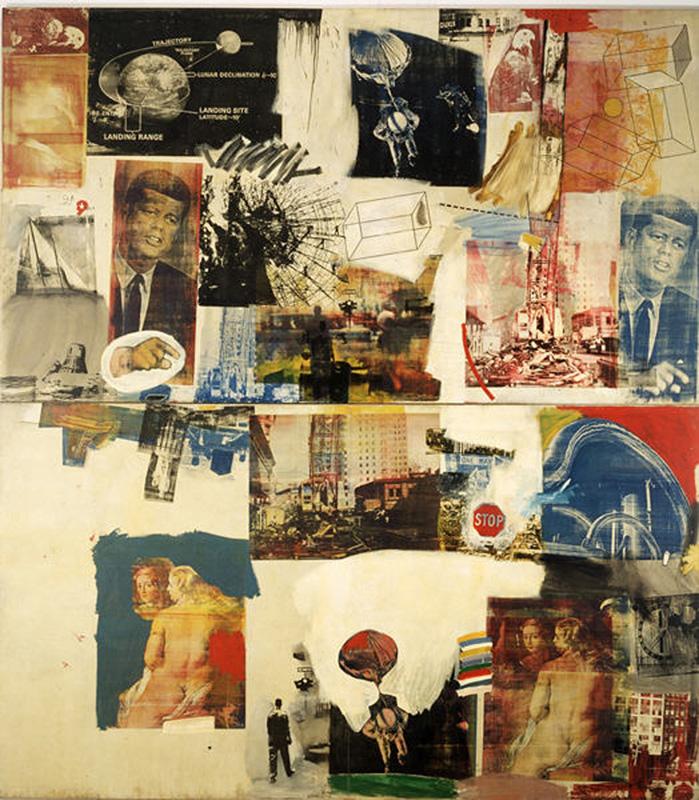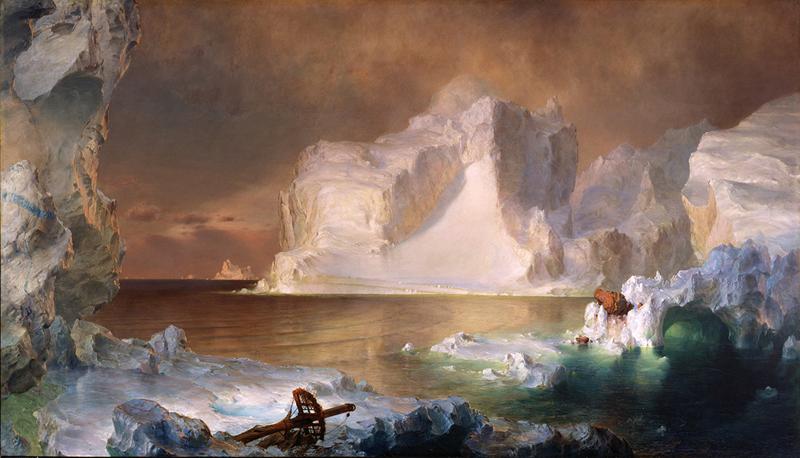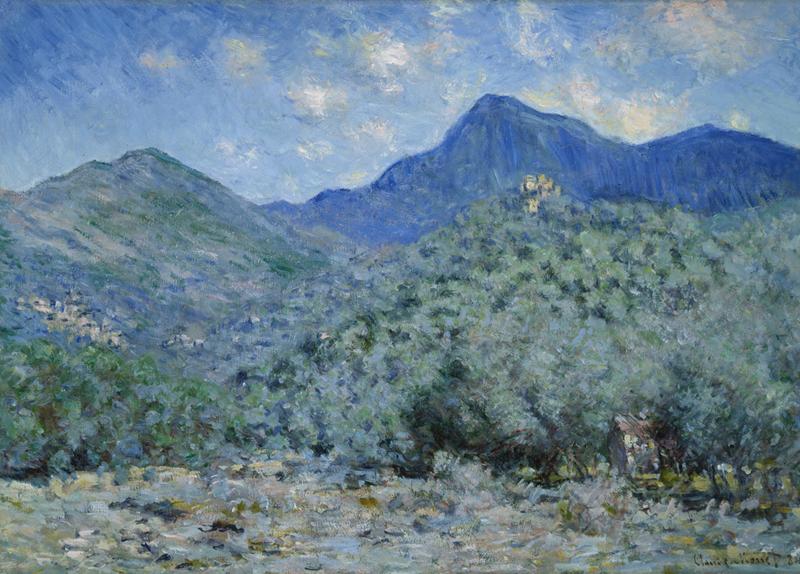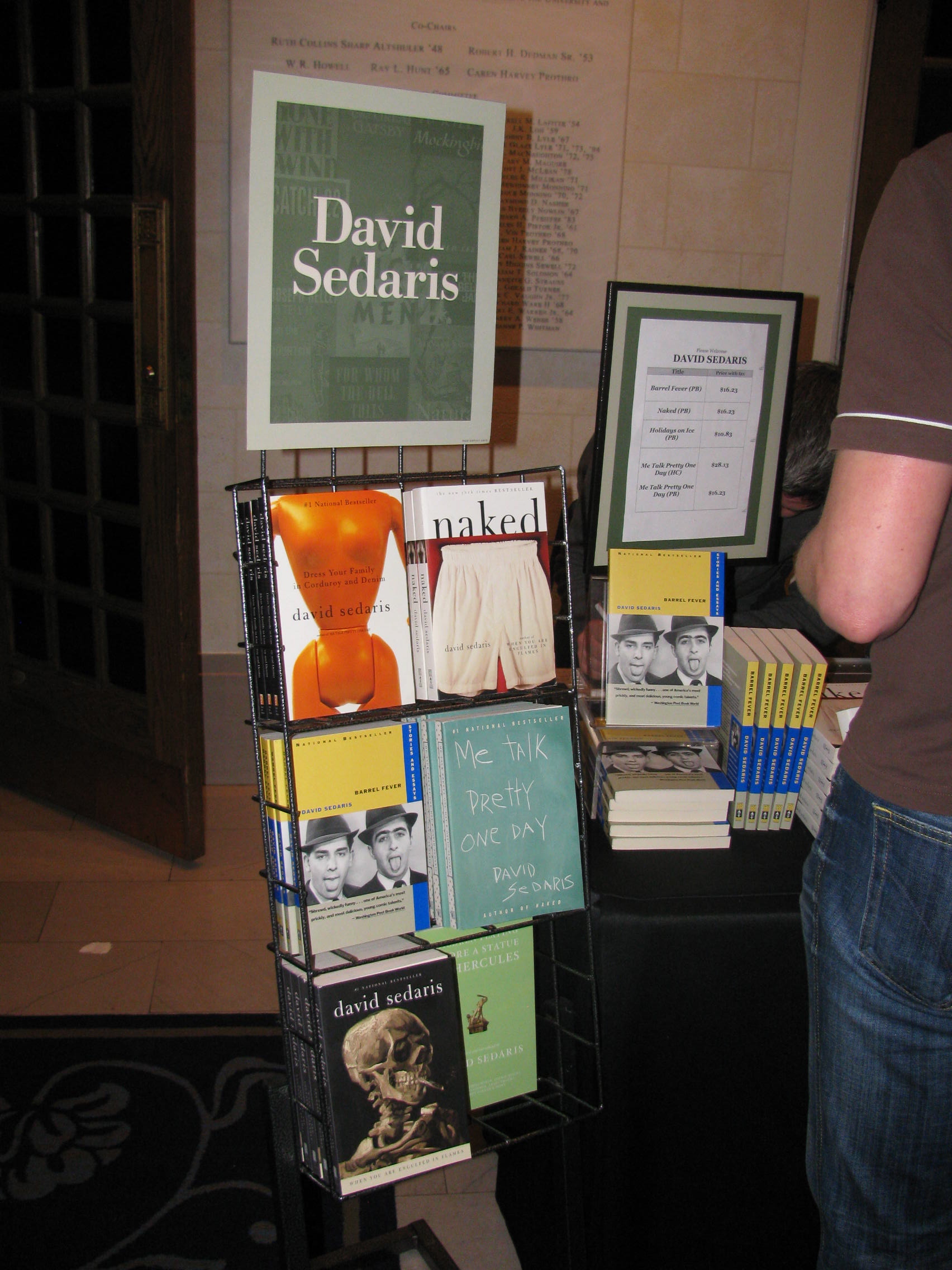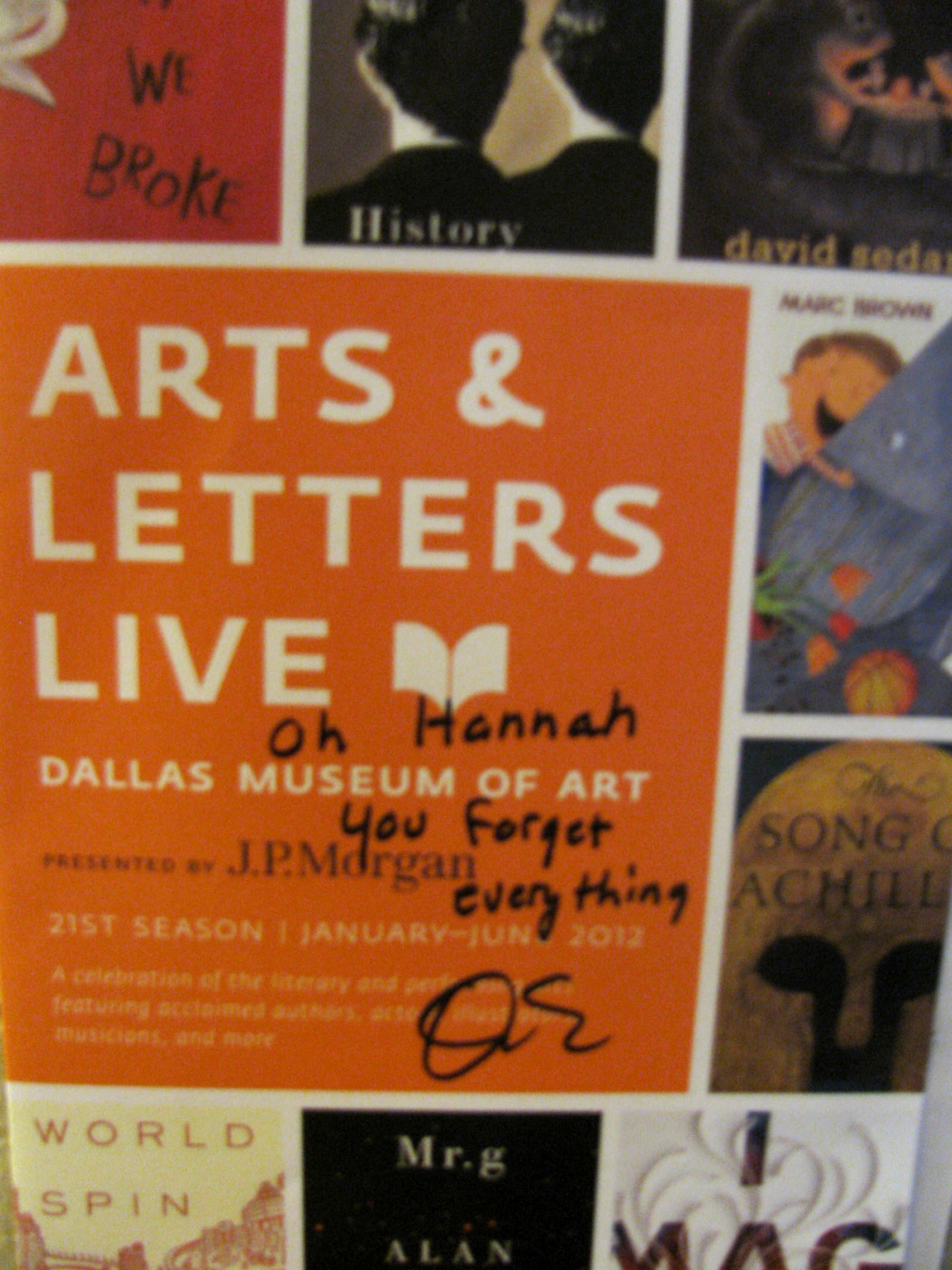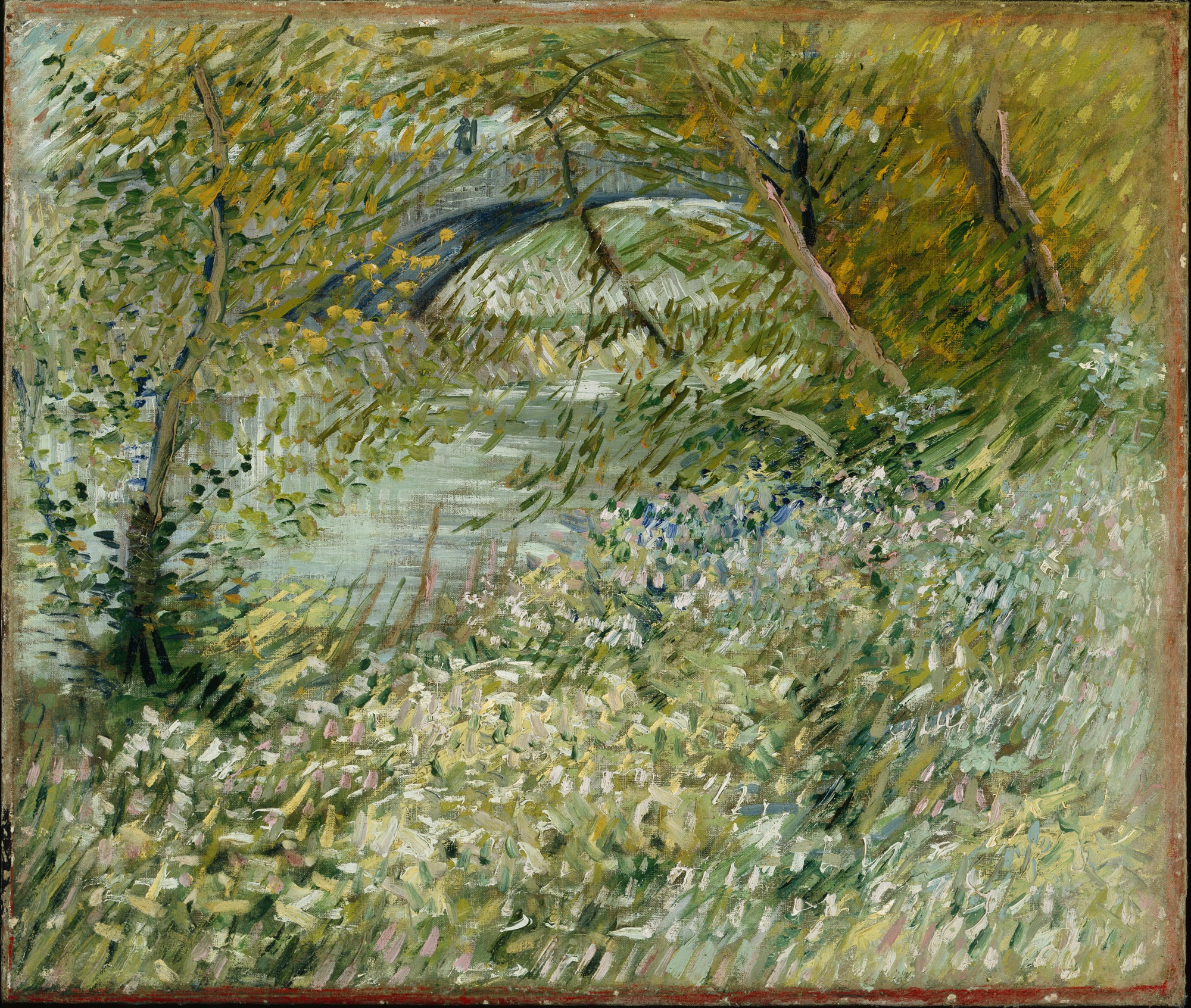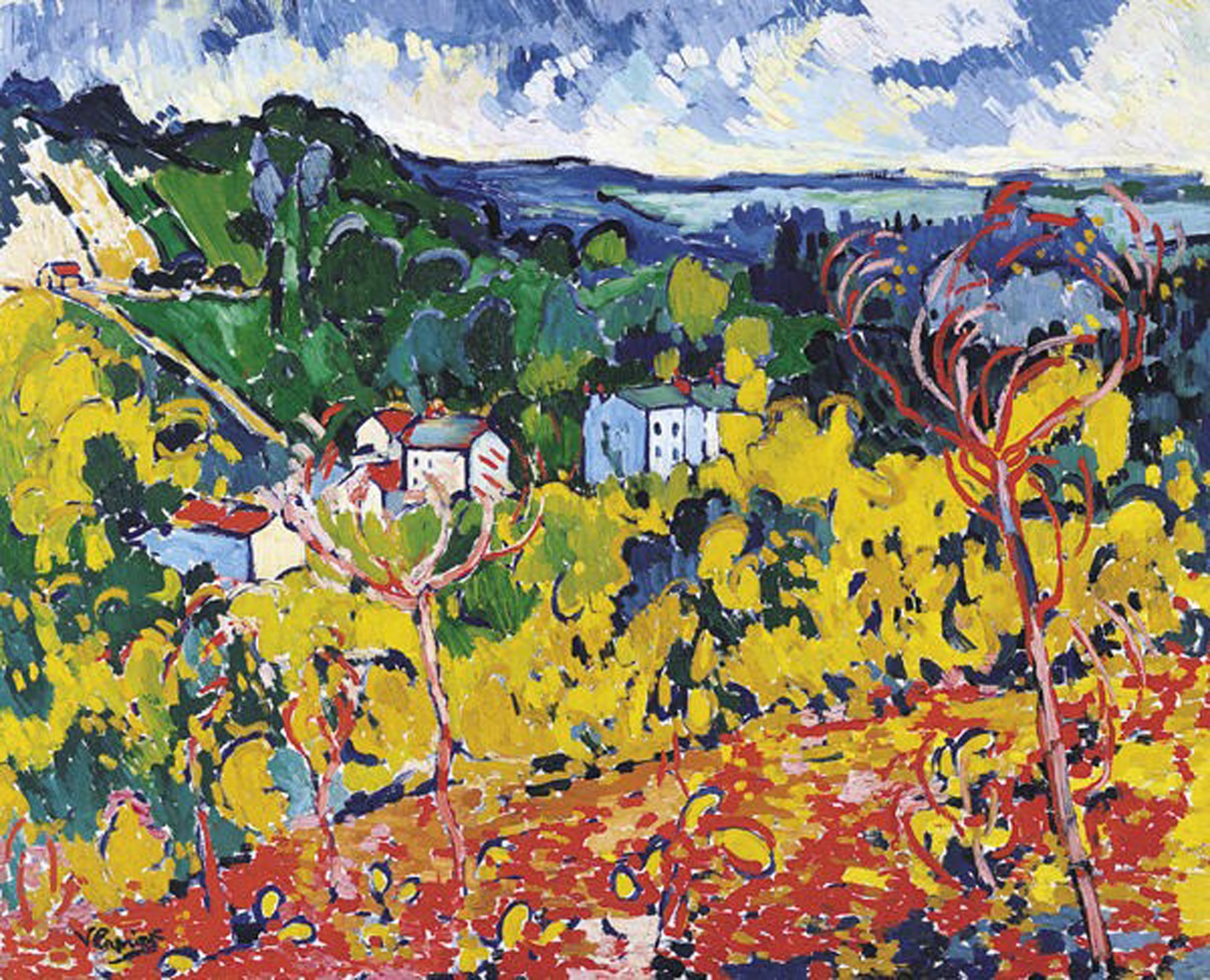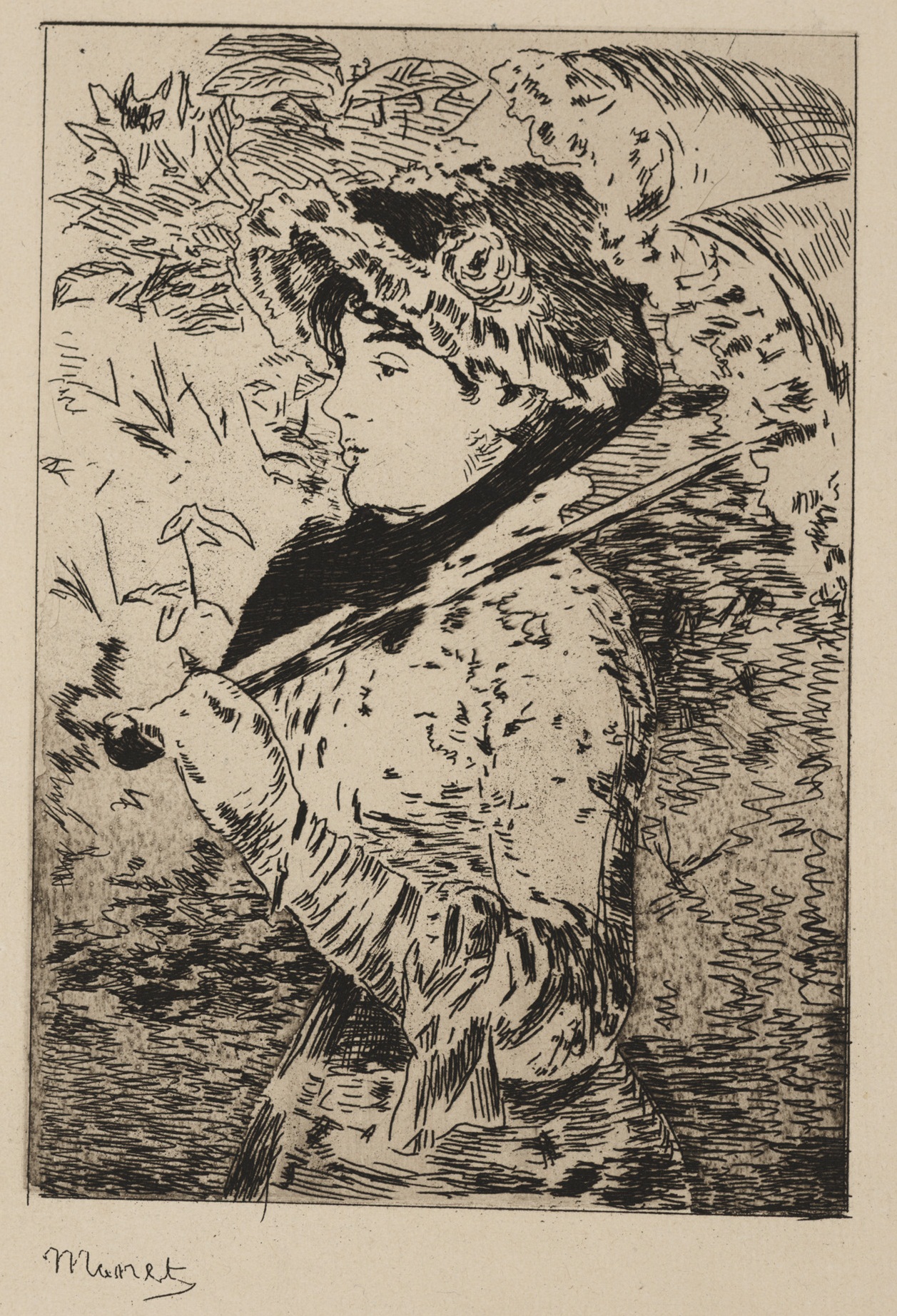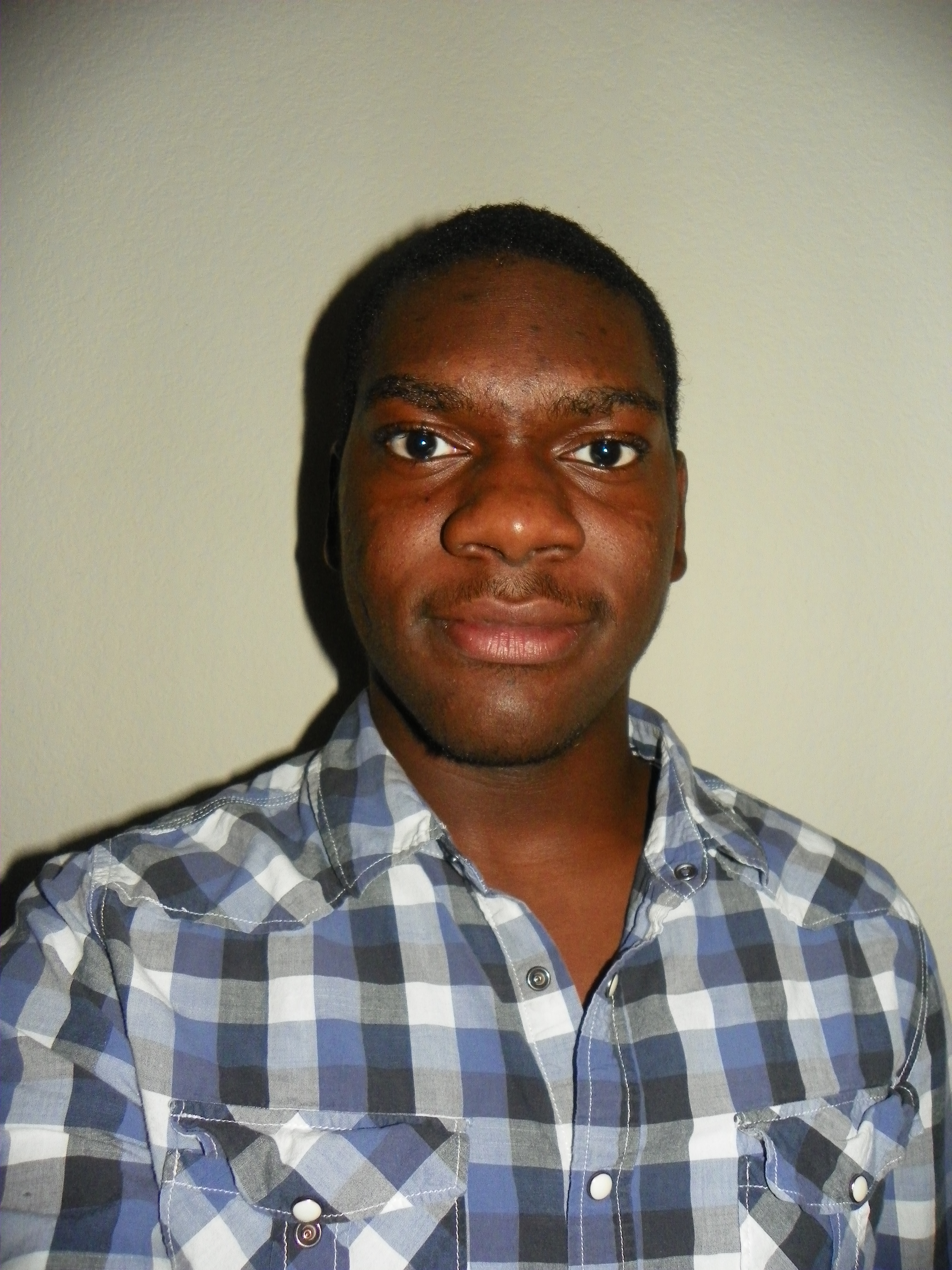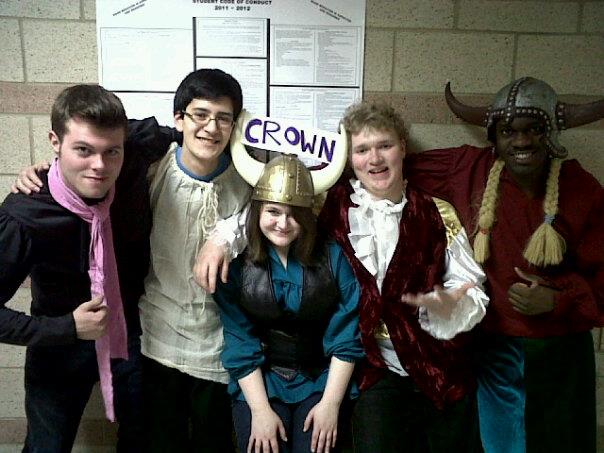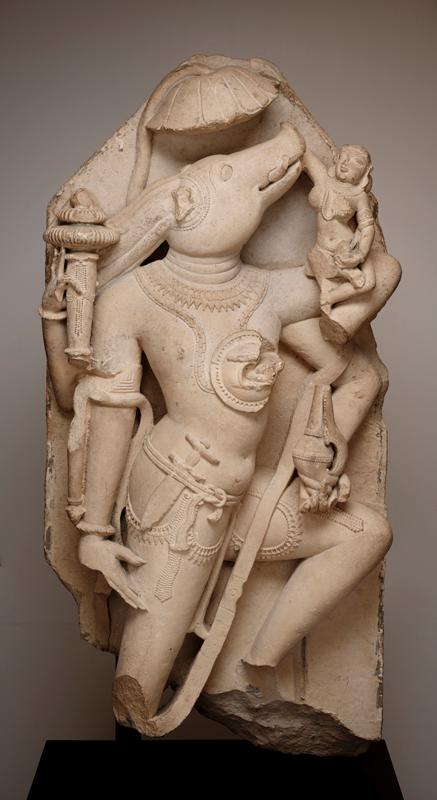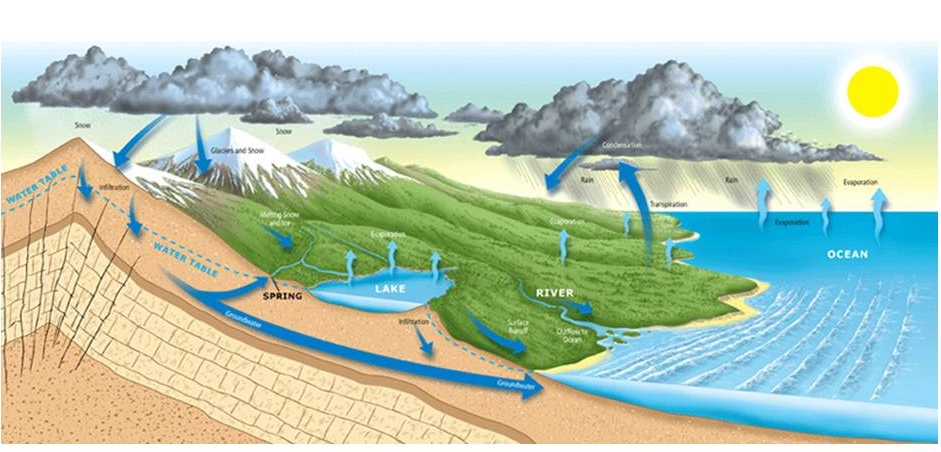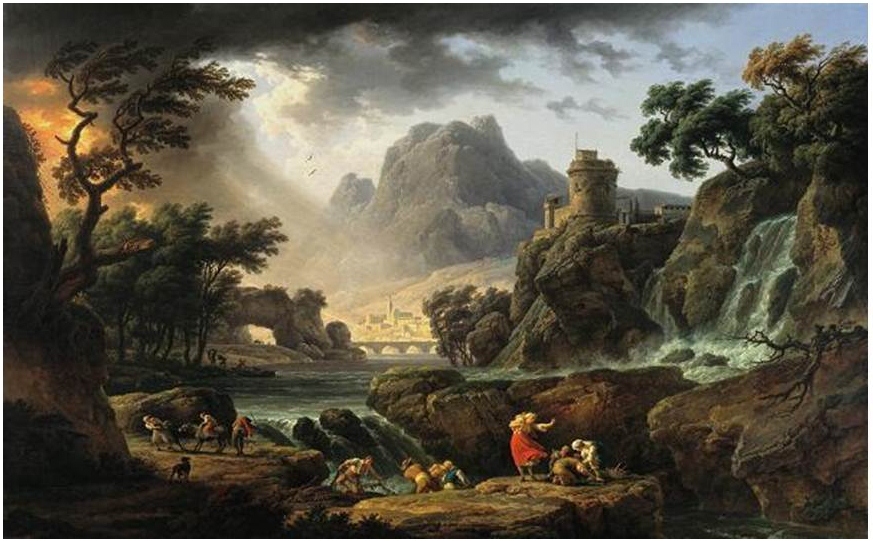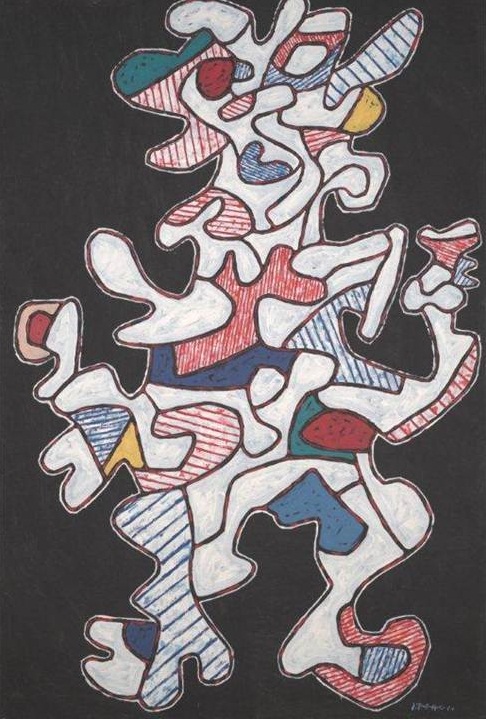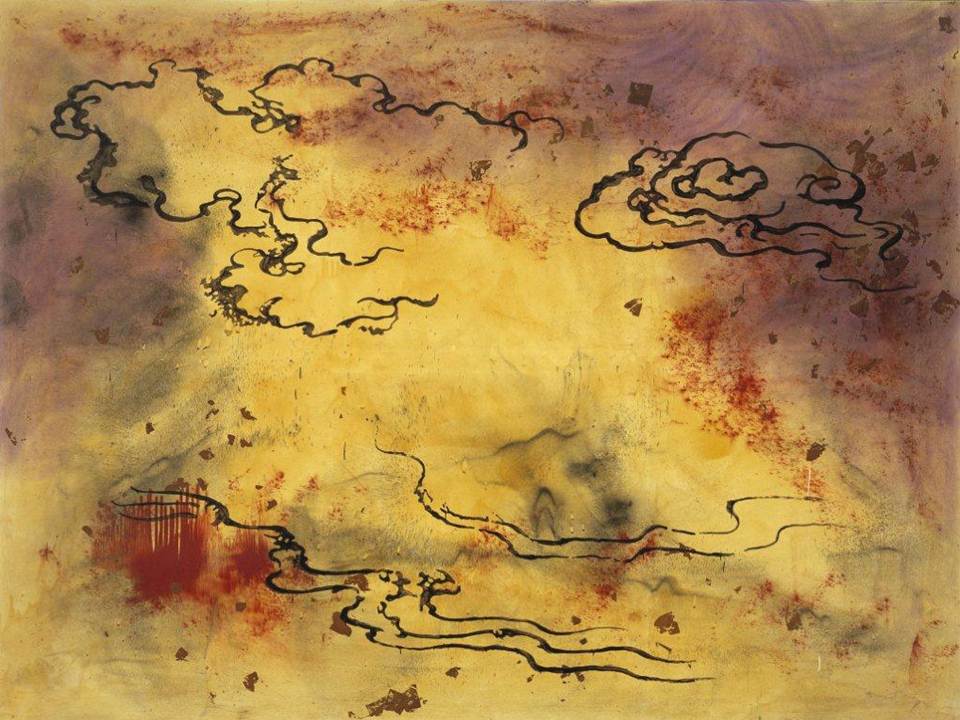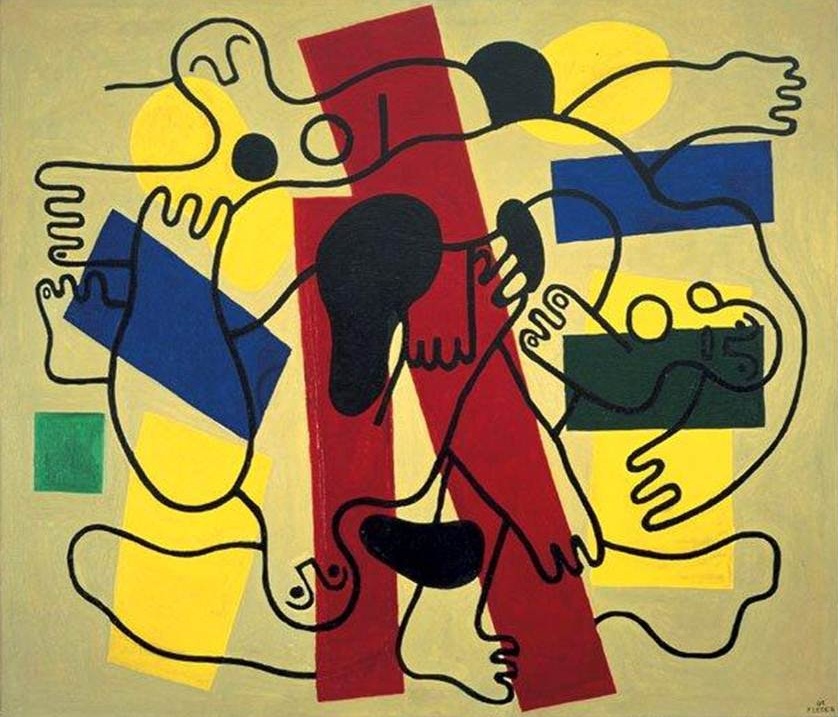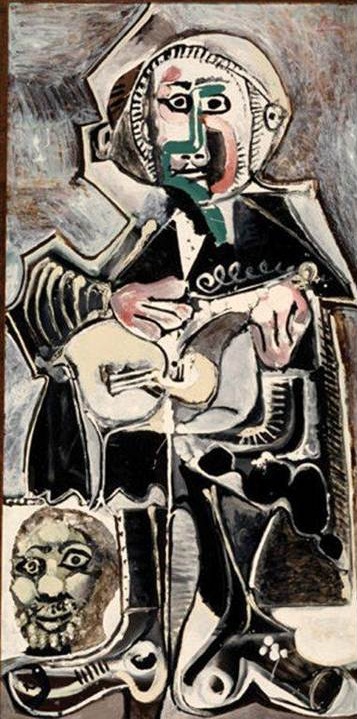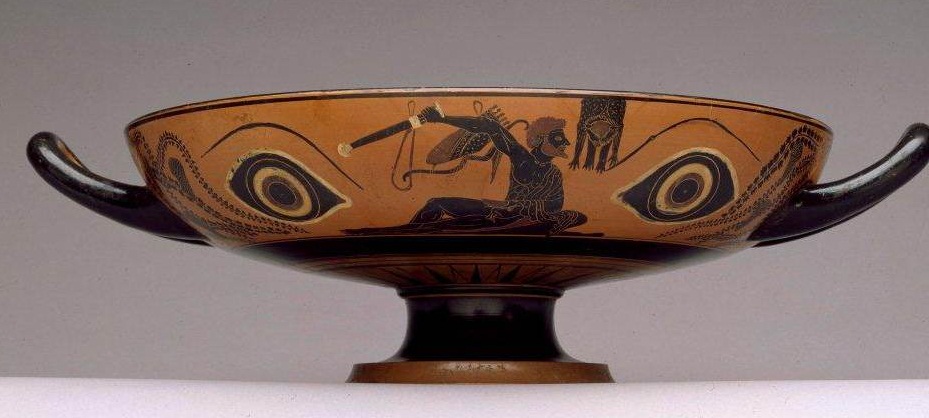As part of the DMA’s return to free general admission, the Education Division is creating a host of activities that can be utilized by visitors anytime the Museum is open. The Family Fun Tote Bag is an anytime activity we are particularly excited about and eager to share with families.
Each tote bag is centered around a specific theme, like Color or The 5 Senses, and is filled with a variety of collaborative activities that are appropriate for children of all ages. Activities fall under four categories–Write, Make, Talk, and Play–and therefore support diverse learning styles and cater to personal interests.
WRITE – Visitors interested in observation and reflection while in the galleries are invited to…
– Use their senses to write a poem about what they see in an artwork.
– Generate a Mad-Lib using sensory adjectives.
– Compose a postcard to a friend about a work of art.
– Create a narrative based on a work of art using story dice.
MAKE – For the family members eager for hands-on activities the tote bag encourages…
– Sketching a work of art with mixed-up, wacky colors!
– Creating a 3-dimensional illustration by drawing on a styrofoam sheet.
– Using a viewfinder to focus on and sketch specific details of an artwork.
– Producing a unique, site-specific work of art in the galleries using the Materials Grab Bag.
TALK – Enthusiasts of discussion-based activities will enjoy…
– Working as a family to talk about a work of art using as many movement words as possible.
– Searching for a favorite color in at least three different works of art and explaining what you like about each.
– Using adjectives and sensory details to describe a work of art to a family member that has been blindfolded.
– Experimenting with mixing colors together using the color paddles, and describing what you see.
PLAY – Families with active learners will enjoy…
– Playing the card game Memory, with a colorful twist!
– Testing one another with brainteasers.
– Staging a game of charades inspired by the surrounding works of art.
– Following their noses to find a work of art that matches a smell jar from the bag.
The beauty of the Family Fun Tote Bags is each individual family member can design their own museum experience based on personal interest! Families can explore works of art together by participating in collective games and writing activities. Or, for more individualized learning, each member can choose and perform a different activity while still sharing the same space.
The Family Fun Tote Bags are still in the testing phase, but they should be available soon for visitors to check out in the Center for Creative Connections–so keep an eye out for them on your next visit to the Museum!
Danielle Schulz
Teaching Specialist
